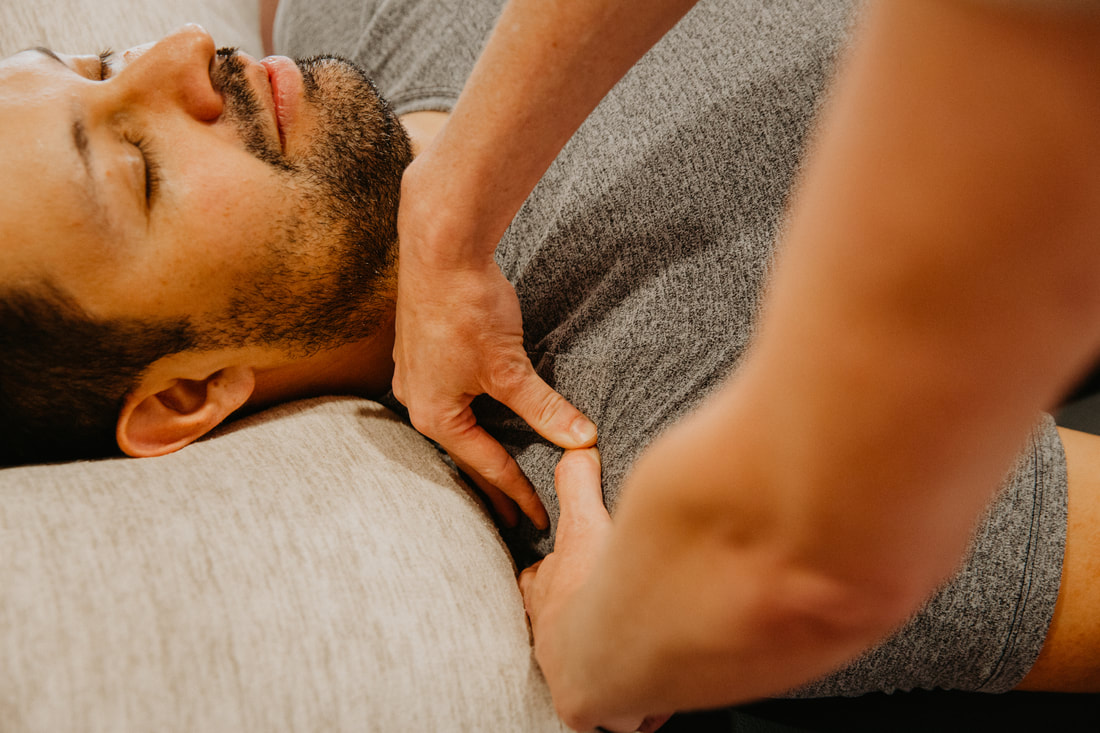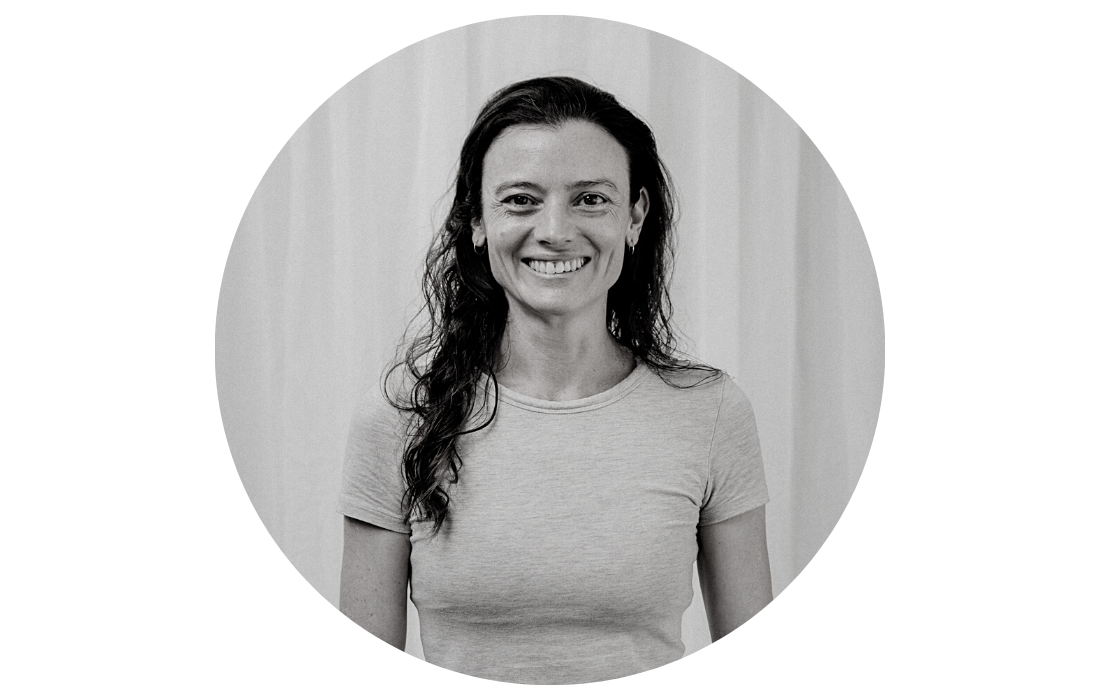Winged Scapula Physiotherapy Brisbane southside.
What is a Winged Scapula?
A winged scapula, also known as scapular winging, is a medical condition characterised by the abnormal protrusion or prominence of the scapula (shoulder blade) away from the back of the ribcage. This condition can be caused by various factors and may result in pain, weakness, and limited shoulder mobility.
What causes a Winged Scapula?
What are the symptoms of a Winged Scapula?
How is a Winged Scapula diagnosed?
How can physiotherapy help with a Winged Scapula?
Physiotherapy plays a crucial role in the management and treatment of a winged scapula. A physiotherapist can create a customised rehabilitation program to address the underlying causes of scapular winging, improve muscle strength and coordination, and restore normal shoulder function. Here's how physiotherapy can help with a winged scapula:
If you or a loved one has questions about a Winged Scapula and how our physiotherapists might be able to help please call us on 07 3706 3407 or email [email protected]. We would love to work with you!
A winged scapula, also known as scapular winging, is a medical condition characterised by the abnormal protrusion or prominence of the scapula (shoulder blade) away from the back of the ribcage. This condition can be caused by various factors and may result in pain, weakness, and limited shoulder mobility.
What causes a Winged Scapula?
- Nerve Injury: One of the most common causes of winged scapula is damage or injury to the long thoracic nerve or the accessory nerve. These nerves control the muscles responsible for stabilising the scapula.
- Muscle Weakness or Imbalance: Weakness or imbalance in the muscles around the scapula can lead to winging. This can be due to various reasons, including muscle atrophy, overuse injuries, or poor posture.
- Trauma: Direct trauma to the scapular area can also cause winging in some cases.
What are the symptoms of a Winged Scapula?
- Prominent Scapula: The most noticeable symptom of winged scapula is the abnormal protrusion of the shoulder blade, creating a wing-like appearance.
- Pain: Some individuals with winged scapula experience pain or discomfort in the shoulder or upper back.
- Weakness: Weakened shoulder and arm muscles may result in difficulty performing certain movements or activities.
- Limited Range of Motion: Reduced mobility in the shoulder joint may occur due to the instability caused by the winged scapula.
How is a Winged Scapula diagnosed?
- A physical examination by a healthcare professional can often identify winged scapula by observing the abnormal scapular position and muscle weakness.
- Imaging tests, such as X-rays, CT scans, or MRI scans, may be ordered to assess the severity of the condition and rule out other underlying issues.
How can physiotherapy help with a Winged Scapula?
Physiotherapy plays a crucial role in the management and treatment of a winged scapula. A physiotherapist can create a customised rehabilitation program to address the underlying causes of scapular winging, improve muscle strength and coordination, and restore normal shoulder function. Here's how physiotherapy can help with a winged scapula:
- Muscle Strengthening: Physiotherapy focuses on strengthening the muscles around the scapula and shoulder joint, especially the serratus anterior, trapezius, and rhomboid muscles. Strengthening these muscles helps stabilise the scapula and prevent abnormal winging.
- Muscle Coordination: In addition to strength, physiotherapy helps improve muscle coordination. Patients are taught exercises that promote proper muscle recruitment patterns to ensure the scapula moves smoothly during shoulder movements.
- Range of Motion: Physiotherapists work to restore and improve the range of motion in the shoulder joint. This may involve gentle stretching exercises and joint mobilisation techniques to reduce stiffness and improve flexibility.
- Posture Correction: Poor posture often contributes to scapular winging. Physiotherapists provide education and exercises to help patients maintain correct posture, both during daily activities and exercises.
- Neuromuscular Re-education: This aspect of physiotherapy involves training the nervous system to control and coordinate the muscles more effectively. Patients learn specific movement patterns to enhance scapular stability.
- Pain Management: If the winged scapula is causing pain or discomfort, physiotherapy may include pain management techniques such as modalities like heat, ice, or electrical stimulation to reduce pain and inflammation.
- Functional Rehabilitation: Physiotherapists focus on improving functional abilities, helping patients regain the ability to perform daily activities and functional movements without discomfort or limitations.
- Patient Education: Education is a crucial component of physiotherapy. Patients learn about their condition, proper body mechanics, and how to maintain the benefits of therapy at home through prescribed exercises and self-care strategies.
- Progress Monitoring: Throughout the rehabilitation process, physiotherapists monitor progress and make necessary adjustments to the treatment plan to ensure optimal results.
If you or a loved one has questions about a Winged Scapula and how our physiotherapists might be able to help please call us on 07 3706 3407 or email [email protected]. We would love to work with you!
Who to book in with:
Yulia Khasyanova
|
Monica Hanna
|
Emma Cameron
|



